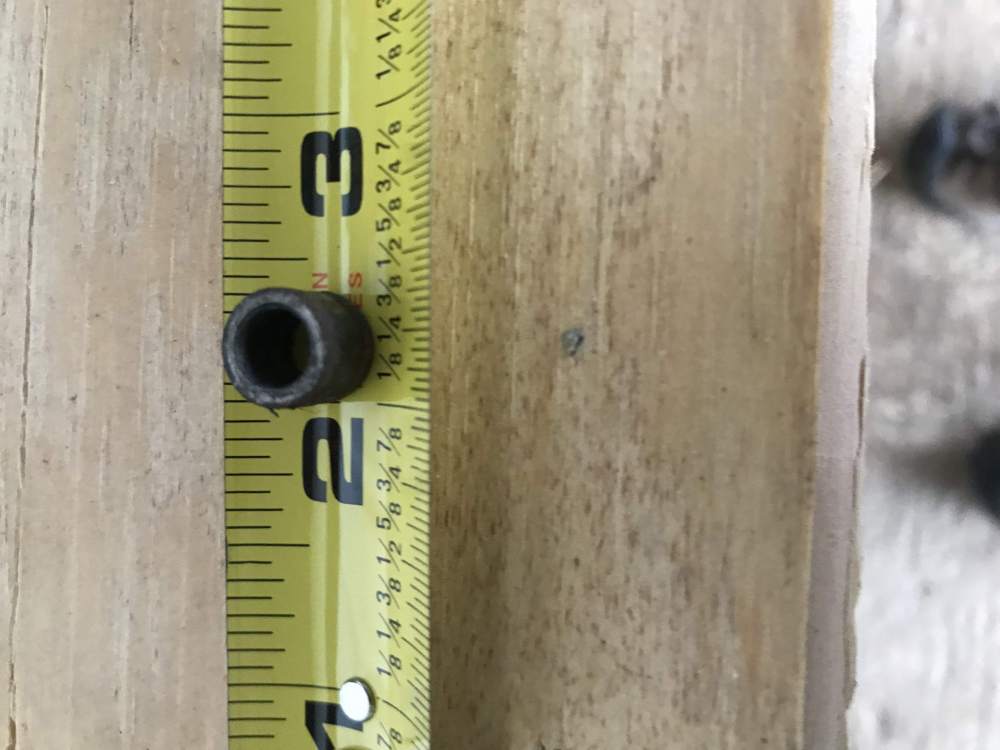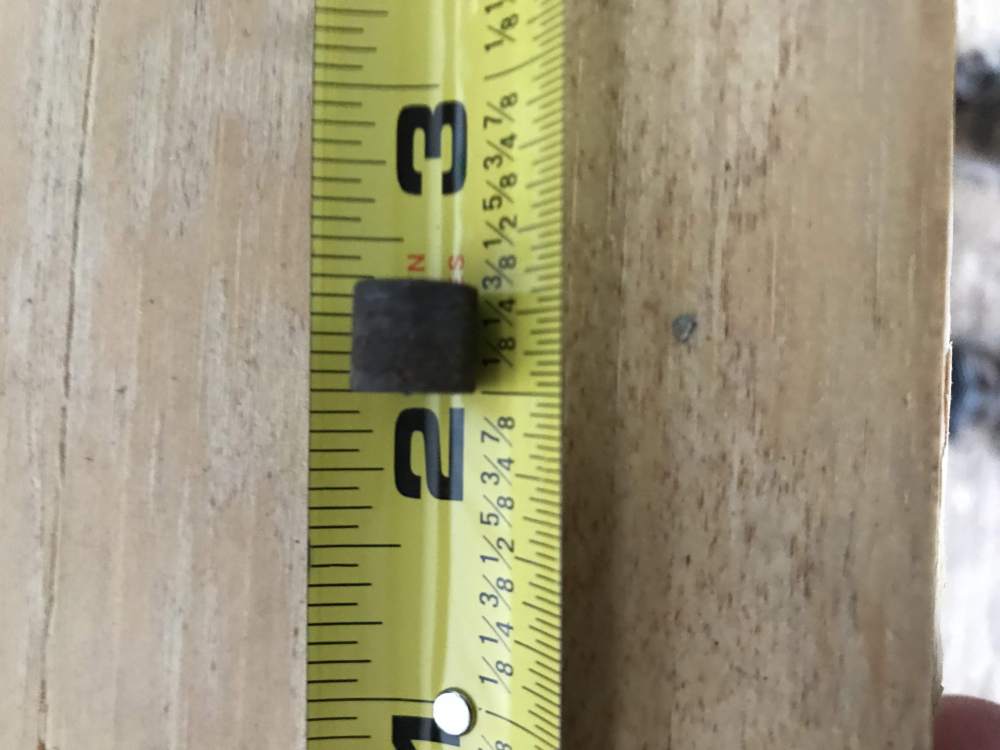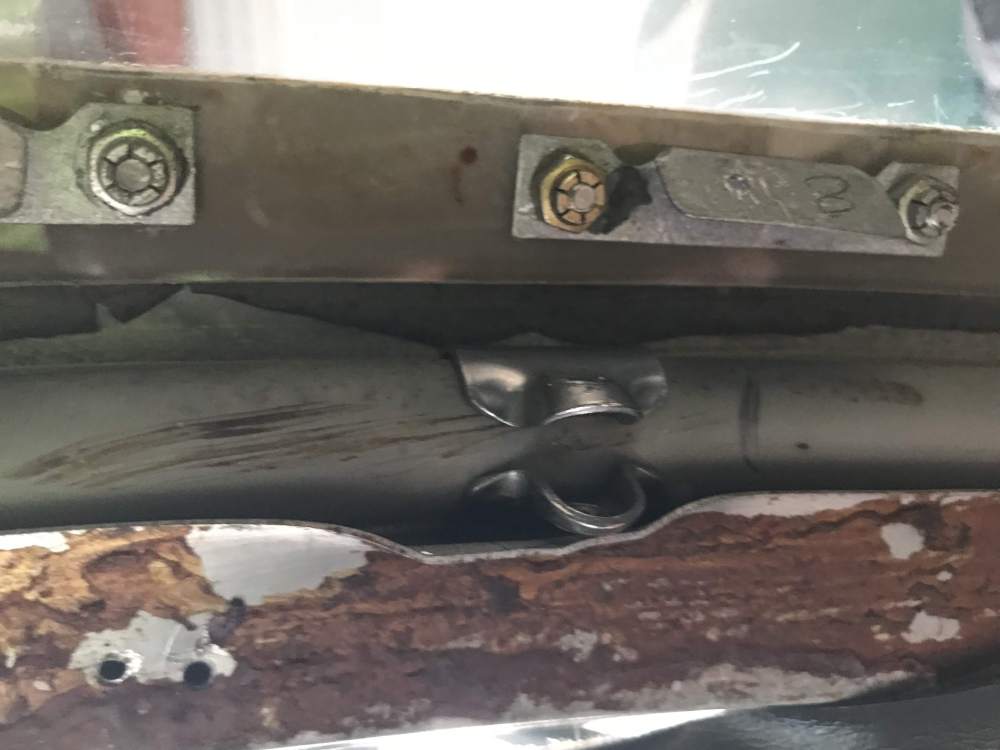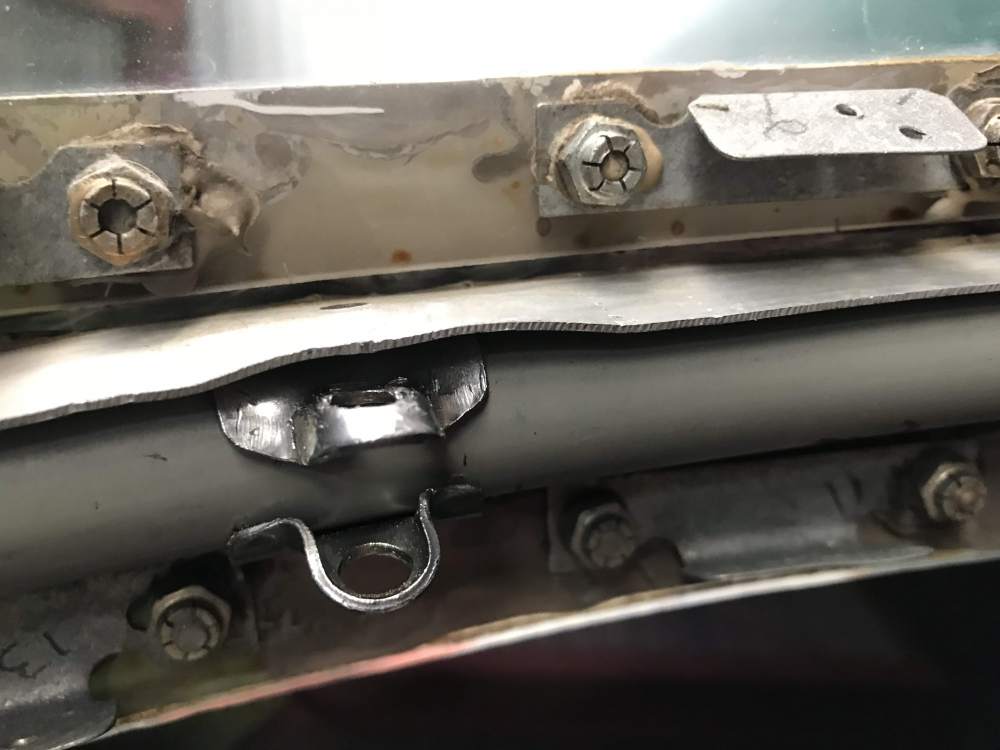-
Posts
932 -
Joined
-
Last visited
-
Days Won
2
Content Type
Profiles
Forums
Blogs
Gallery
Downloads
Media Demo
Events
Everything posted by skydvrboy
-

Estimated value of '68 M20F
skydvrboy replied to cirrostratus's topic in Vintage Mooneys (pre-J models)
I think @KSMooniac is pretty close, maybe even a bit generous. I'd say $15 to $20 based on what I paid for mine, which sounds like it was in a fair bit better condition. You can ignore everyone who says it will take $100k to bring it back though. What do you really need? If the tanks are leaking, you're stuck with that one. You didn't say how many hours on the engine, only 6 hours in the last 4 years. That doesn't necessarily mean anything, just a big unknown. It could be fine for another 10+ years and 1000+ hours, or it could crap out on you in a year. As for everything else, it will fly just fine with old radios, steam gauges and a ratty interior. Those costs can be spread out over years as components fail... upgrade. The real question is... how do you feel about gambling?! -
I understand your thinking being new to the plane and wanting to strictly adhere to the POH. However, you will find that there are often better ways of doing things than what is in the POH and that sometimes the POH is just flat out wrong. For instance, the POH says as soon as the airplane is airborne and under good control, press the brakes, retract the gear, and reduce RPM to 2550 - 2600. Is it really a good idea to reduce RPM and thus power as soon as the airplane is airborne? Similarly, the fuel management guidelines in the POH are downright deadly. It says to take off with both tanks full, run one tank for an hour, start a timer and run the other tank dry. Remaining fuel is the time it took to run the second tank dry minus one hour. Good luck with that! For a really long thread, try convincing everyone on here that best economy (25 degrees ROP) as described by the POH is really the best setting for the most economical flight. I won't attempt to tell you how to run your plane, but read a lot, learn a lot, and make good decisions. All the info you need (and a lot you don't need) can all be found on Mooney Space!
-

Mooney down in St. Augustine FL
skydvrboy replied to MoonFlyer68's topic in Mooney Safety & Accident Discussion
Yikes! Have you ever seen ping pong balls burn? Sure they float, but a wing full, should they catch fire, would create quite an impressive inferno! -
Just checking... are you still talking about the motorcycle?
-

'66E is not for sale @ $145k
skydvrboy replied to Bob_Belville's topic in Vintage Mooneys (pre-J models)
"What, that old thing?" -

When retract gear at take off at short fields
skydvrboy replied to NicoN's topic in General Mooney Talk
My POH is pretty vague. It says "take off configuration: gear down, 15 degrees flaps" and "climb configuration: gear up, flaps up." I guess that means after takeoff and before climb I have to get the gear up and the flaps up. That makes for a very busy transition period! -
I think the C model is the best suited Mooney for grass strip landings. I have taken my F in to several grass strips without any issue. If you really want to see what a C can do on grass, checkout these videos. https://www.youtube.com/user/piperpainter/videos WARNING: Do not try strips like you see in those videos as a new pilot!
-

When retract gear at take off at short fields
skydvrboy replied to NicoN's topic in General Mooney Talk
If it's truly a short field (under 1500' of runway or 50' obstacles within 2,500' near sea level) this is what I do... Leave the ground ASAP Stay in ground effect Make sure you aren't going to settle back to the runway (still in ground effect) Bring the gear up (still in ground effect) Accelerate to Vx (still in ground effect) Climb above the obstacle(s) Accelerate to Vy Dump the flaps If I'm at a high density altitude, takeoff is with no flaps to reduce drag and in order to climb out of ground effect. -
For sure. I had his blessing to install the shoulder harnesses before I started, but at the time we both assumed it was just adding a clamp. I didn't want to bother him on Sunday night with my questions. If your browsing MS on Sunday night, you're fair game for questions. I talked to him about it today and showed him the picture, he didn't care weather I cut it or bent it. My main concern was that if a crack started, I didn't want to find out later that it was the exterior skin was just bent around backwards and the crack had migrated to the outside.
-
I didn't think to take a picture when it was together. This is the bushing. There is a 1/4" bolt AN24-284, then a large washer AN470-4, and then the bushing that the seat belt rides on. In the catalog is part number 140046-7, but I haven't been able to find it online.
-
Well, i thought I could look up the part I needed in the catalog, but I'm not having any luck. When I took my original seat belts off, one was missing the bushing that keeps the seat belt end centered on the bolt. I know it will work without it, but I want to make it right. Does anyone have a part number for that little bushing? Maybe @M20Doc?
-
A couple shoulder belt install questions. What do I do with this strip of aluminum? It's right where the nut needs to go on the passenger side. Two thoughts, I could trim out a section or try to bend it back in. Obviously, I'm a bit worried about cutting metal in the plane, even though it's not structural. On the pilot side, the aluminum looked like this and didn't get in the way. As a side note, I didn't find the clamp too difficult on the pilot side. I went up high and then used a small screw driver stuck on the bolt hole to pry it through using the frame as a fulcrum.
-

Dan Bass tells his Carbon Monoxide survival story to AOPA
skydvrboy replied to lotsofgadgets's topic in General Mooney Talk
I got the pro. It’s overkill and not worth the extra money for our usage. You really don”t need the 24 hour average exposure or the ability to set custom alarm points. As has been said around here before, get the cheapest one unless you are going to wear it when switching from plane to plane. Then the vibrating alarm of the middle priced one may make sense. -

Dan Bass tells his Carbon Monoxide survival story to AOPA
skydvrboy replied to lotsofgadgets's topic in General Mooney Talk
I just forwarded on Dan's story to the 57 pilots in our local aviators association. Hopefully a few of them will pay heed to the warning! -
To be fair - they are not marketed as "aviation" batteries but rather camera batteries. If they were, you can bet the decimal place would shift a couple places!
-

What's Your Descending Procedures (let down)?
skydvrboy replied to corn_flake's topic in Vintage Mooneys (pre-J models)
If you are worried about shock cooling, run LOP/WOT in cruise to keep your cylinders cool to begin with, then descend using that same configuration. I guarantee you will not shock cool your engine by descending at cruise power! -
I just looked up the battery that the Sensorcon uses, a CR123A Lithium battery. Cheap is an understatement, they're less than $2 each!
-

What's Your Descending Procedures (let down)?
skydvrboy replied to corn_flake's topic in Vintage Mooneys (pre-J models)
When discussing the yellow arc, we should all look at what the POH says. Here's mine... "The yellow arc indicates speeds at which the pilot must exercise caution when encountering rough air or severe gusts. Rough air is considered to be a condition uncomfortable to pilot and passengers." Translation... You are going to be very uncomfortable long before you will damage this aircraft! Incidentally, according to the POH, my use of the yellow arc speed range is significantly curtailed when my wife is aboard. -

CFI with 5 hours minimum in a M20F near KERV
skydvrboy replied to Derrickearly's topic in General Mooney Talk
I would have thought you'd have that done already after that 13 hour drive to and from Mooney Summit! -
Why would you only use it when you have the heat on? The Sensorcon has a battery life of 2-4 years if left on continuously. If you fly a lot, say 200 hours per year, and remember to turn it off when not flying, it should last over 87 years! I've come back to the plane after a week or two and found it left on, but knowing the battery life, I don't worry about it. It's part of my pre-start checklist, but perhaps I should add it to the shutdown checklist too?
-

m20j panel upgrades and new interior
skydvrboy replied to mooneypilot's topic in Avionics/Panel Discussion
I guess that's why they make stuff in different colors. I really like the look of the black and if/when I get the chance to redo my panel, it will be the flat black that the OP used. That said, the tan he is throwing away looks WAY better than the panel I have now! -
The more I think about this, the more I think renting is the best option here. The people who have answered and given you advice (myself included) are the rare individuals who actually complete their training and became pilots. According to AOPA, the dropout rate for students is between 70% and 80%. At this early stage, do they even know they'll like flying? If they really MUST buy an airplane for training, buy the cheapest airplane that is safe to fly, get the rating, and then pass it on to the next student. The 182 is a fine plane (as are many other options), but how good of a value is it if they buy a great plane and leave it sitting because neither finish their training? Of course, everyone thinks they'll finish when they start training, but the statistics say otherwise.
-
It would be tough to beat this advice. The only way I’d differ from this is if you have access to a cheap rental.
-
Same knob in the 67 F. Speaking of this knob, does anyone else have trouble closing the vent in cruise? It seems the ram air pressure in the scoop is enough that I have to slow to around 120 mph or less in order to close it.







